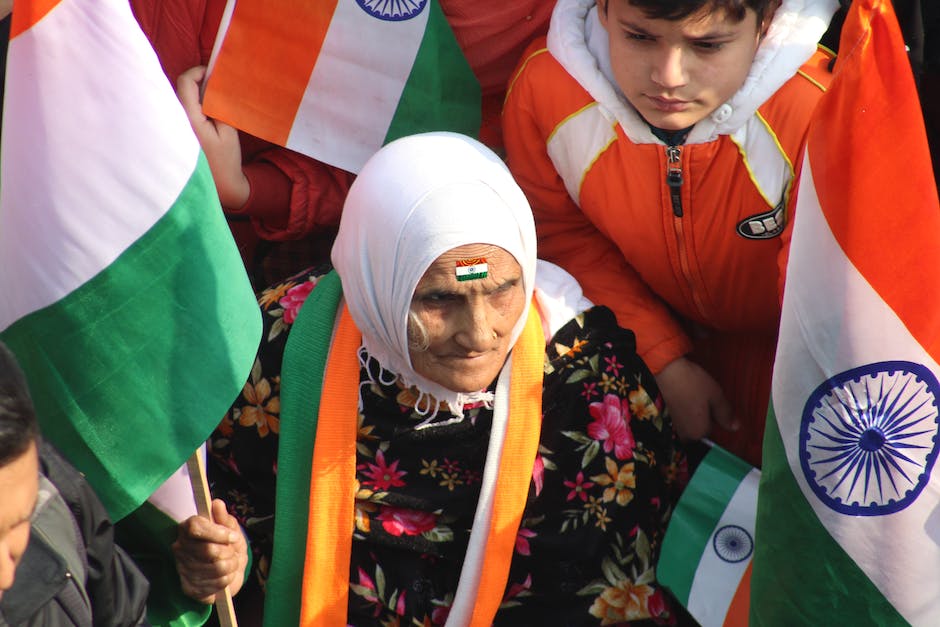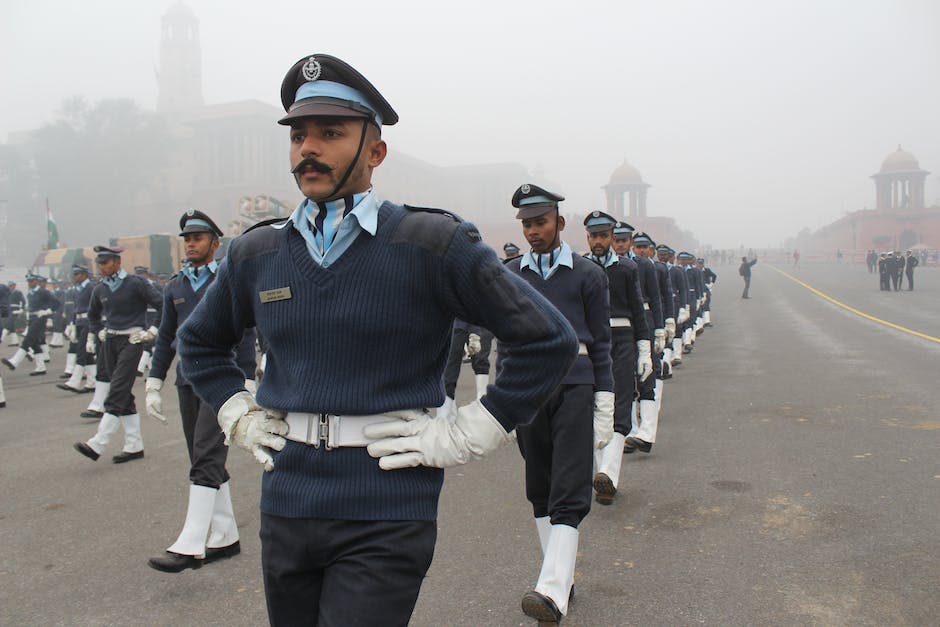In 1947, India finally gained independence from British rule after years of struggle. August 15th is celebrated as India’s Independence Day, and every year photos are taken to capture the spirit of the occasion. India is a beautiful country with a rich culture, and these photos serve as a reminder of the pride that Indians feel in their homeland.
Independence Day is a national holiday in India commemorating the nation’s independence from British rule on 15 August 1947.
Which is the 75th year of Indian independence?
The Azadi Ka Amrit Mahotsav or 75th Anniversary of Indian Independence was an event, in which the 75th Anniversary of the Independence of India was celebrated in India and abroad. It was 76th Independence Day of India. The event was organised by the Ministry of Culture, Government of India. The main aim of the event was to promote and showcase the rich cultural heritage of India. The event was held from 15 August to 27 August 2021.
The years of nonviolent resistance to British rule, led by Mohandas Gandhi and Jawaharlal Nehru, eventually resulted in Indian independence in 1947. Large-scale communal violence took place before and after the partition of the subcontinent into two separate states – India and Pakistan.
How do you wish an Indian Independence Day
Happy Independence Day! Let’s all celebrate the great Freedom! Let us take pride in celebrating Independence Day as we are a country of brave men who gave their lives for the freedom of our nation and brought glory to us with their sacrifices. Freedom is the most precious thing in every human’s life. Let us cherish and safeguard the freedom that our forefathers fought for.
Independence Day is a special day for India, commemorating the country’s independence from British rule. Every year on 15 August, Indians celebrate with patriotic fervor and national pride. This year, India will be celebrating its 75th Independence Day. To mark this historic occasion, we take a look at some of the most iconic slogans that have shaped independent India.
1. “Jai Jawan, Jai Kisan” (1965)
This slogan was coined by the late Prime Minister Lal Bahadur Shastri during the India-Pakistan war of 1965. It encapsulated the spirit of self-reliance and sacrifice of the Indian people during a time of crisis. The slogan is still relevant today, as India continues to face challenges both at home and abroad.
2. “Garibi Hatao” (1971)
This was another popular slogan of the time, coined by Prime Minister Indira Gandhi. It urged Indians to unite against poverty and build a more just and equitable society. The slogan was successful in mobilizing support for her government’s economic and social reforms.
3. “Indira is India, India is Indira” (1970s)
This slogan reflected the immense popularity of Prime Minister
How long did British rule India?
The British Raj was the rule of the British Crown on the Indian subcontinent from 1858 to 1947. It is also called Crown rule in India, or Direct rule in India. During this time, the British Crown controlled the Indian subcontinent and had a great impact on the country’s culture and society. The British Raj also left a lasting legacy on the subcontinent, which can still be seen in many aspects of Indian culture and society today.
However, counting the number of Independence Days celebrated in India, it will be 76 because the hard-earned freedom that India achieved on August 15, 1947, from British domination, after more than 200 years, was the country’s first-ever Independence Day. India’s second Independence Day was on January 26, 1950, when the country became a sovereign, republic state.
Why did British give up India?
The Second World War was a global conflict that lasted from 1939 to 1945. It was the deadliest conflict in human history, resulting in 70 million casualties. The war also had a profound impact on the colonial powers, most notably the British Empire.
The war hastened the British departure from India for a number of reasons. Firstly, the sheer cost and energy expended during the conflict had exhausted British supplies. Secondly, the war highlighted the difficulties with successfully ruling India, a nation of 361 million people with internal tensions and conflicts. Finally, the war made it clear that the British Empire was no longer the dominant global power.
As a result of the war, the British decided to end their rule in India, which finally came to an end in 1947. The war was a major contributing factor to the demise of the British Empire and the rise of the independent nations of India and Pakistan.
The Maurya Empire was one of the largest empires ever to exist on the Indian subcontinent. At its greatest extent, the empire stretched from the north up to the natural boundaries of the Himalayas and to the east into what is now Assam. The Maurya Empire was founded in 322 BCE by Chandragupta Maurya, who overthrew the existing Nanda Empire. Chandragupta was succeeded by his son Bindusara in 297 BCE, who expanded the empire further. The Maurya Empire reached its zenith under Emperor Ashoka, who ruled from 268 to 232 BCE. Ashoka conquered a vast empire and reformed it according to his own philosophy of Dharma. The Maurya Empire eventually declined due to internal strife and was overthrown by the Shunga Dynasty in 185 BCE.
Why did the British decide to leave India
On 15 August 1947, India gained independence from Britain after centuries of colonial rule. The British had administered the country for many years, but they were no longer able to afford it. The last viceroy, Lord Mountbatten, decided to set the date of independence as 15 August 1947. The population of India at that time was about 25% Muslim, with the rest mostly Hindu but also Sikh, Buddhist and other religions.
The British Raj was the period of direct British rule over the Indian subcontinent from 1858 until the independence of India and Pakistan in 1947. The Raj period saw the rise of the British Empire in India, as well as the establishment of British rule in Burma, Sri Lanka, Oman, Kuwait, and British Somaliland.
During the Raj, the British embarked on a policy of “divide and rule” in order to better control the vast and varied territory. The British also established a network of roads and railways, which helped to facilitate trade and transportation throughout the empire.
The Raj was a period of great change for India, and its impact can still be seen in the country today.
Did you know facts about India Independence Day?
August 15 was chosen as the date of India’s independence as it matches with the date of Japan’s surrendering to the Allied Forces after World War II on August 15, 1945. Lord Mountbatten thought that this date would be significant as it would show that India had also played a role in the victory of the Allies in WWII.
Liberty is a very important value in any society. It gives individuals the ability to pursue their own happiness, and to live their lives according to their own values and beliefs. When people are free to choose their own path in life, they are more likely to be happy and successful.
Without liberty, people are oppressed and live in fear. They are not able to develop their full potential, and their lives are often shortened by violence or poverty. Freedom is essential for human dignity and for the flourishing of human society.
What are 3 facts about Independence Day
1. Thomas Jefferson was not the only author of The Declaration of Independence.
2. George Washington did not sign The Declaration of Independence.
3. The average age of the signers of the Declaration of Independence was 45.
4. The Declaration of Independence was not signed on July 4, 1776.
5. John Hancock, the first signer of the Declaration of Independence, was the only signer who actually signed it on July 4, 1776.
6. The Liberty Bell did not ring on July 4, 1776.
7. The first Independence Day celebration did not take place until 1777.
8. The first Fourth of July parade was held in 1778.
9. The first official Fourth of July celebration was held in Philadelphia in 1783.
10. The Fourth of July was not declared a national holiday until 1870.
A tagline is a slogan that is associated with a company or product. A slogan is a phrase that is used to advertise a product or company.
What is the famous slogan of India?
Jai Hind is a national slogan of Independent India. It was adopted as a national slogan by Independent India. The Jai Hind postmark was also the first commemorative postmark of Free India. It was issued on the day of India’s independence on 15 August, 1947. Today, “Jai Hind” is a salutation we hear at political meetings and even school functions.
The Dutch East India Company was established in 1602, and its first merchants arrived in India in 1605. They initially settled in Dutch Coromandel, where they were looking for textiles to exchange with the spices they traded in the East Indies. The Dutch presence on the Indian subcontinent lasted until 1825, when the last of their strongholds was taken by the British. Throughout that time, the Dutch had a significant impact on Indian culture, particularly in the areas of art and architecture.
Warp Up
1. India Independence Day Photos
2. Indian Independence Day Photos
3. Pictures of India’s Independence Day
4. Images of India’s Independence Day
5. India’s Independence Day in Photos
The best thing about India Independence Day photos is that they capture the true spirit of the holiday. They show people of all ages and backgrounds celebrating in their own unique way. From the traditional to the modern, these photos show the diversity of the holiday and the people who celebrate it.


